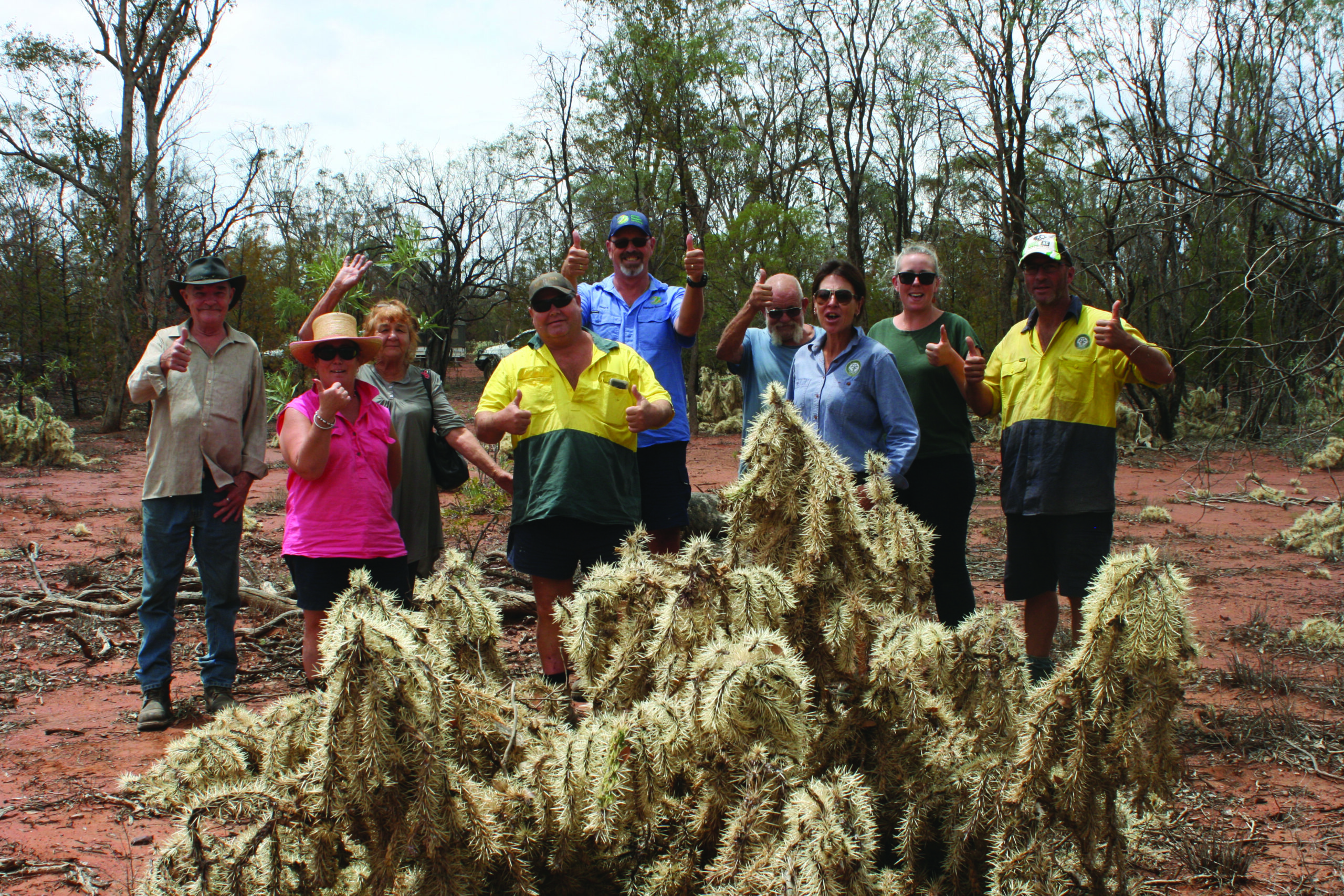The second phase of a major Australian Government Department of Agriculture, Fisheries and Forestry Rural R&D for Profit project, led by AgriFutures Australia, is making significant headway in finding biocontrol solutions for more cost-effective weed management.
This phase of the project, Underpinning agricultural productivity and biosecurity by weed biological control aims to take biocontrol “agents” (which may include insects, fungi, etc.) that are approved (or soon-to be-approved), for release in Australia to the mass-rearing and release stage and then ensure producers have access to these biocontrol tools.
Search for targeted weed control on track
Dr Dhileepan Kunjithapatham, Senior Principal Scientist at Queensland’s Department of Agriculture and Fisheries is researching biocontrol solutions for prickly acacia. He explains, “genetic and climatic matching were used to select biological control agents from Ethiopia and Senegal, suited to hot and arid regions of western Queensland where prickly acacia is a priority weed.
“A gall thrip from Ethiopia has since been identified to control prickly acacia and is in quarantine in Brisbane, awaiting approval for field release.”
For the other target weeds, which cost the Australian primary industries sector more than $400 million each year, significant progress has been made in host-specificity testing and risk assessments of identified biocontrol agents, as well as targeted releases of approved agents and analysis of integrated control methods. For example:
- African boxthorn – Trials are underway to develop a suitable method for releasing the fungal pathogen (Puccinia rapipes) to control the weed. A leaf-mining weevil has also been imported for further research and importations of a leaf-chewing beetle are also planned.
- Cabomba – A promising insect for the control of the aquatic weed, cabomba, was identified in Argentina and preparation for mass-rearing is underway.
- Fleabane – Researchers from Australia’s national science agency, CSIRO, are piloting the release of a fungus from Columbia to help farmers tackle flaxleaf fleabane, which is estimated to affect nearly three million hectares of land in Australia and cause grain crop revenue losses of more than $43 million each year.
- Saffron thistle – Surveys have been carried out in France to find potential agents, with host-specificity testing underway for the fly Botanophila turcica.
- Navua sedge – More than 550 leaf samples have been collected for genotype matching studies to help with sourcing biological control agents. Following this research, several potential agents are being investigated.
- Endemic giant rat’s tail grass (GRT) – The focus is currently on developing rearing methods for a range of pathogens which are already endemic in Australia. There are indications the endemic pathogen, Ustilago sporoboli-indici, could be an excellent biocontrol option, with populations of GRT at the trial site being reduced by almost 40% in three years.
- Sporobolus spp. – Two stem galling wasp species will be imported from South Africa for host testing on a range of Australian species.
- Koster’s curse – Host testing is underway following the import of a thrips, Liothrips urichi, from Hawaii.
- Hudson pear – Following mass rearing in Orange and Lightning Ridge, the identified control agent has been released at 51 sites in NSW.
- African lovegrass – Testing is underway for three candidate agents, with a stem-boring wasp producing the most promising results so far.









